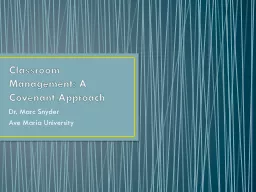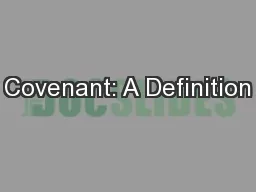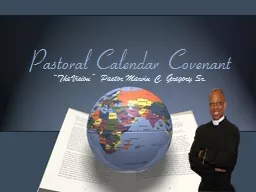PPT-Classroom Management: A Covenant Approach
Author : kittie-lecroy | Published Date : 2017-08-16
Dr Marc Snyder Ave Maria University Haim G Ginott 19221973 Between Teacher and Child 1972 I touch the future I teach Christa McAuliffe September 2 1948 January
Presentation Embed Code
Download Presentation
Download Presentation The PPT/PDF document "Classroom Management: A Covenant Approac..." is the property of its rightful owner. Permission is granted to download and print the materials on this website for personal, non-commercial use only, and to display it on your personal computer provided you do not modify the materials and that you retain all copyright notices contained in the materials. By downloading content from our website, you accept the terms of this agreement.
Classroom Management: A Covenant Approach: Transcript
Download Rules Of Document
"Classroom Management: A Covenant Approach"The content belongs to its owner. You may download and print it for personal use, without modification, and keep all copyright notices. By downloading, you agree to these terms.
Related Documents














